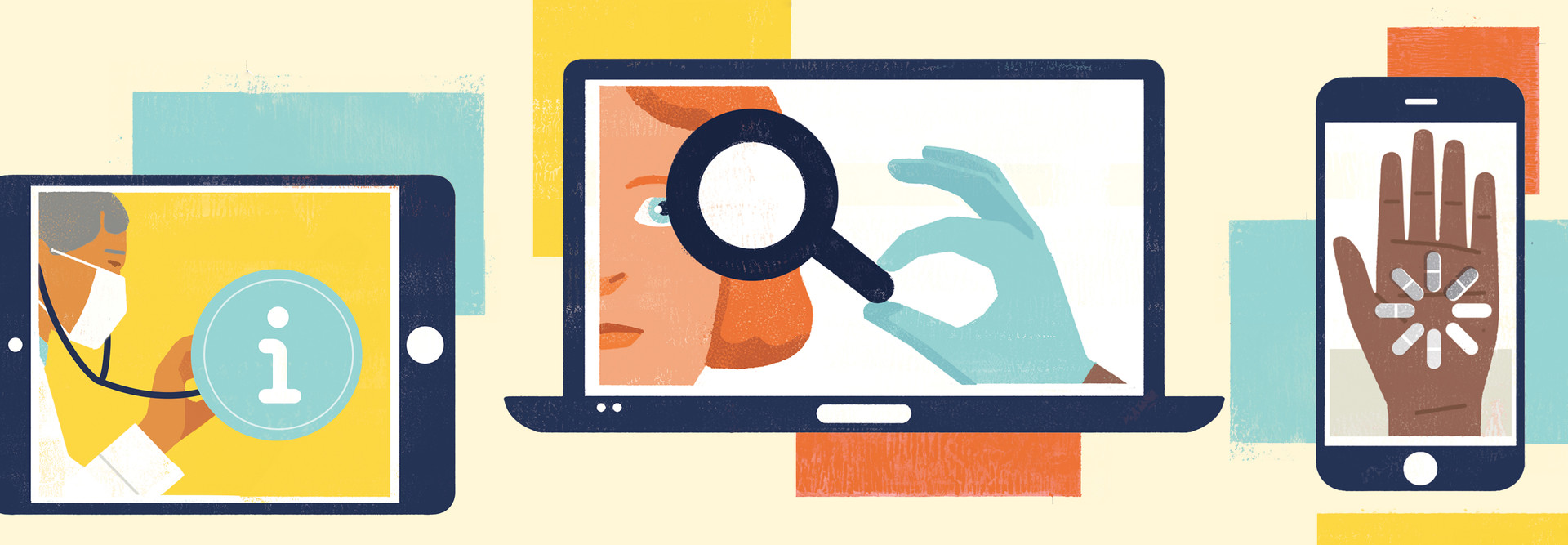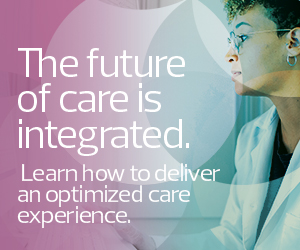Virtual Care Offers Enhanced Communication
MD Anderson Cancer Center integrates other communication tools to provide a comprehensive virtual experience. Through Epic’s MyChart, patients can securely access personalized records, billing and near real-time communication with providers. The patient portal also serves as an easy way to connect patients with virtual care appointments.
Epic estimates that more than 100 million patients in 2020 used MyChart to stay connected to healthcare providers. Navai believes that MD Anderson has one of the highest adoption rates of MyChart among providers. Because patients can simply download the MyChart app onto their phones or access the website directly, it encourages broad use, he adds.
“We have a very comprehensive care model at MD Anderson because it's a tertiary cancer care center. MyChart is just one of the ways that we're able to make sure that we have well-informed patients through a great mechanism for communicating,” Navai says.
Even with such ease of access to virtual care, privacy and security remain a top priority. Providers receive training on how the connected technology works and have a dedicated space on MD Anderson’s campus to conduct appointments with remote patients, Navai says.
“Our team receives an all-encompassing education on IT best practices to make sure that we maintain privacy during virtual visits. This includes providing spaces within our institution to conduct these visits that are quiet, focused and private,” Navai says. “We are recreating the environment that you'd expect to have when you go in for a physical visit at the institution. That’s a key element of it.”
RELATED: Discover virtual care solutions to rural healthcare challenges.
How Specialists Are Using Virtual Care for More Holistic Health
A high percentage of MD Anderson’s patients are transitioning to virtual behavioral healthcare as well, Navai says, and he sees it as an essential part of patient wellness.
“Behavioral healthcare is such a profound need, as a diagnosis of cancer is a very overwhelming situation,” he says. “MD Anderson has really been a best-in-class leader in providing empathetic care pathways. Telehealth has a lot of potential in this space, and we've already seen that.”
Looking ahead, MD Anderson is piloting remote patient monitoring — including biometrics for patients to use at home — and a digital health service to provide patients with additional insights into their cancer journey, Navai says.
“We're eager to continue on that pathway so that we can make sure we touch on all of our patients’ needs using the best possible tool,” Navai says. “What really matters is putting patients at the center of this equation and figuring out the best possible way to address their needs and then deploying the strategy to do so.”












